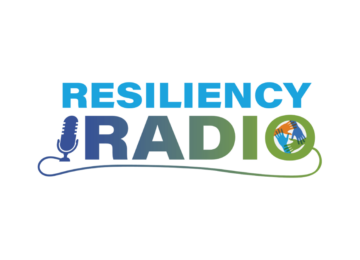Helpful Tools to Manage Your Anxiety

“I can’t sleep because my mind is racing.”
“I’m constantly worried.”
“I’m on edge all the time and totally exhausted.”
These statements are commonly heard from someone who is experiencing anxiety. Anxiety is a normal protective factor our bodies have developed over millions of years, telling us to be cautious of actual or perceived danger. We all have anxious moments. Anxiety can be triggered by significant events or a build-up of smaller events – school or work stress, medical concerns, conflict and complications in relationships, financial problems, feelings of being overwhelmed, and smaller micro-stressors that build up.
Symptoms of anxiety can include any of the following: excessive worry that is difficult to control, racing and intrusive thoughts, hypervigilance, edginess or restlessness, difficulty concentrating, irritability, difficulty sleeping, fatigue, muscle aches, or soreness. Anxiety becomes a problem when it regularly impacts daily life, and that is the time to seek out a trusted mental health or medical professional.
You can utilize many tools to manage anxiety on your own and disrupt the patterns of intrusive and worrisome thoughts. Here are a few examples often referred to as “grounding techniques”:
- Say out loud the steps to do something you would normally do without thinking (brush your teeth, make a bowl of cereal, make a peanut butter and jelly sandwich, wash your hands).
- Externalize, externalize, externalize! Get all of those intrusive thoughts out of your head – write it down, say it out loud to yourself or someone you trust, type it out. When the thoughts are out of your head, they lose some of their power, and you can assess their value and validity with a little more rationality.
- Put the thought on trial. Is there factual evidence to support it? What are the best and worst-case scenarios?
- Anxiety is often future-oriented. Try to keep your thinking in the “right now” with this exercise: Say out loud 5 things you see, 4 things you can touch, 3 things you hear, 2 things you smell, 1 thing you taste.
- Distract yourself with a good book, movie, podcast, exercise, chat with a loved one, etc.
- Breathe intentionally and deeply into your abdomen. Anxious breathing is usually in your chest, shallow and fast.
- Birthday candle breaths – pretend your fingers are birthday candles and blow out each one separately.
- Alternate nostril breathing – hold one nostril closed and breathe through the other, then switch.
- Breathe like a lion – inhale through your nose, exhale forcefully through your mouth with your tongue pointed out and down.
- Box breathing – Do each of these steps to a count of 4: exhale, hold your lungs empty, inhale, hold your breath. Imagine you’re drawing the side of a box with each step.
- Change your environment. If you are inside, go outside. If you are in a warm place, find a cool place. Change the level of light. Get up and move.
- Exercise! Get your body moving and get those endorphins pumping!
- Pick a subject and say one thing for each letter of the alphabet (examples: animals, food, places, people).
It takes work to manage anxiety, and it can be beneficial to have support in doing so. Consider a trusted confidant to offer support and hold you accountable for practicing your chosen techniques.


